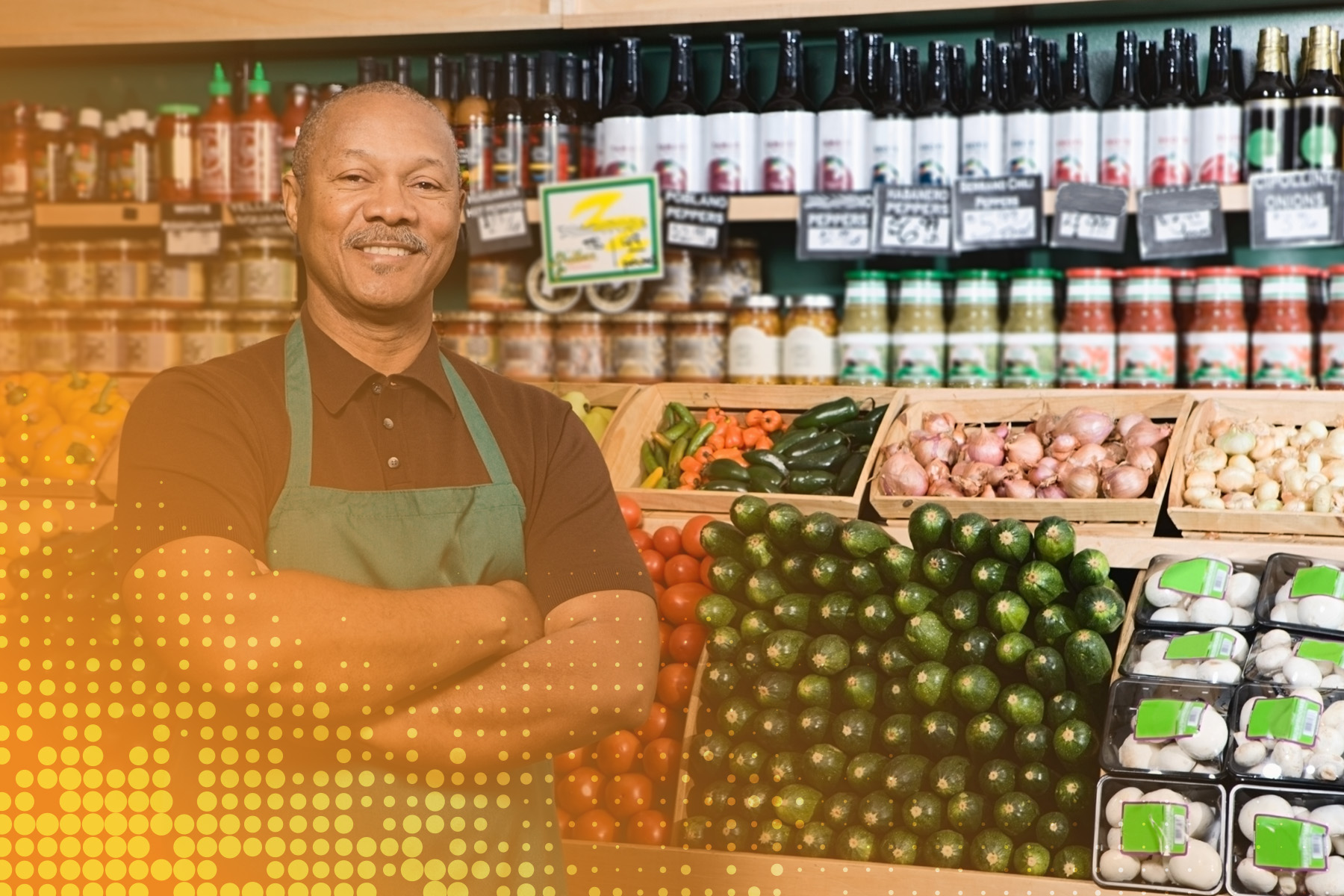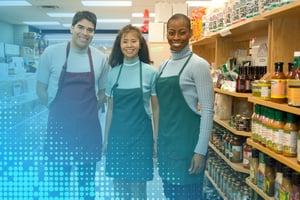The grocery industry is a vital part of our everyday lives, and its continuous evolution impacts consumers, retailers, and suppliers alike. In the 90th annual report released by Progressive Grocer, a leading industry publication, a significant focus was placed on the PG-100—the top 100 grocery retailers in the United States. The report sheds light on the challenges and opportunities faced by these retailers in an ever-changing landscape. In this blog post, we will explore the key findings and...
How Grocers Are Innovating in the Face of Challenges
In recent years, nearly every industry has faced challenges like increasing inflation and reduced consumer buying power. Supermarkets and grocers, despite being community staples, are not immune to these evolving economic landscapes. However, in the face of these challenges, grocers have shown remarkable adaptability and innovation, seeking new growth avenues within the constraints of tight profit margins, often ranging between 1%-3%.
The Rise of Prepared Foods in Grocery Stores
One significant shift in the grocery industry is the increasing focus on prepared foods. With 64% of Americans citing prep time as a significant barrier to cooking nutritious meals, grocers are stepping up to offer convenient, affordable alternatives to restaurant takeout and fast food. Prepared foods in grocery stores have seen explosive growth, with more than 70% of consumers purchasing these items over a 90-day span. This trend is not just about convenience; it's about blending the need for quick meal solutions with the desire for healthier, homemade options.
The Emergence of the 'Grocerant'
The concept of the 'grocerant', a grocery store that serves meals, is transforming the industry. Grocers are not only offering grab-and-go options but are also competing with restaurants on delivery apps. This trend is evident across national chains, regional grocers, and smaller markets, marking a significant shift in how consumers view and utilize grocery stores for their meal needs.
The Importance of Proper Packaging
With the rise of prepared foods comes the need for the right packaging. The challenge for grocers is to select packaging that not only protects the food but also enhances its visual appeal and meets the practical needs of the consumer. This includes considering the type of food, temperature requirements, and how the meal will be consumed. Packaging choices play a crucial role in customer experience and repeat sales.
Sustainability in Food Packaging
Sustainability is another critical factor in the choice of packaging for prepared foods. With over 88% of Americans emphasizing the importance of managing food waste and 55% expressing concern about the environmental impact of product packaging, grocers must prioritize sustainability in their packaging decisions. The market now offers a range of sustainable packaging options, balancing functionality with environmental responsibility.
The Importance of Technology
Having reliable technology is key in a world where convenience is top priority. With “nearly half of businesses (45%) believe faster payments will lower their costs, mainly through more efficient processing,” (source: The Federal Reserve) having a reliable, efficient payment processor must be a priority for businesses going forward. This can increase efficiency, lower business costs, and allow you to speed through checkout. Learn more about how goEBT can support your business with reliable payment processing.
As grocers continue to adapt to the changing landscape, developing a robust prepared food portfolio becomes essential. This involves not just offering a variety of prepared foods but also choosing the right payment partners to meet consumer demands for convenience and quality. In this new era, grocers who innovate and adapt will be able to thrive despite the challenges they face.




